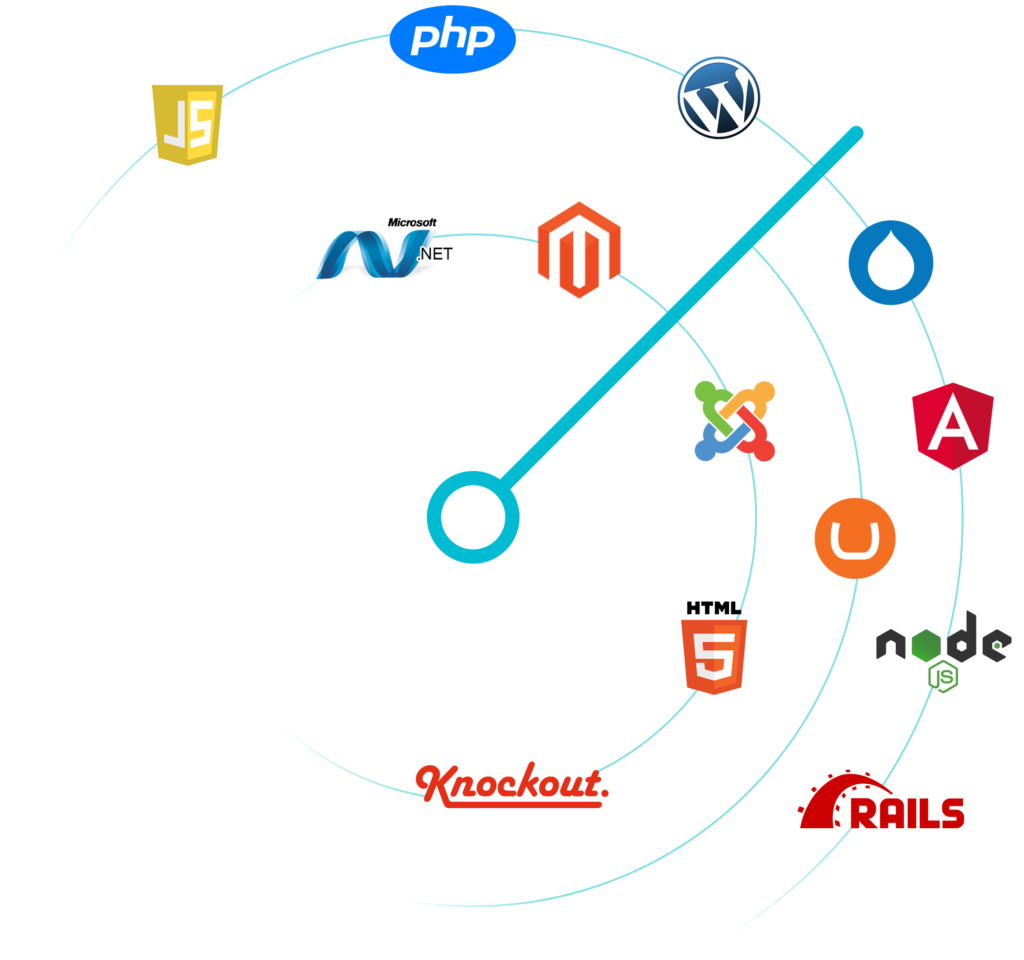Dynamic Application Security Testing (DAST)
WHY CHOOSE APPCHECK?
DAST Tool Features
In-depth automated testing that allows ad-hoc, scheduled and continuous security testing
Thoroughly scan and test your APIs including WSDL, Swagger and Graph QL endpoints for security flaws
Full OWASP vulnerability coverage including injection, XSS, RCE, zero days, plus 100,000+ known security flaws
Deliver automated vulnerability testing through your build servers such as MS Azure DevOps, Jenkins and Team City
Manage and distribute discovered vulnerabilities through your in-house ticketing systems such as JIRA
Automate the discovery of vulnerabilities within complex web applications such as single page applications
Track vulnerabilities, spot trends and instantly see which areas of your environment are most at risk

We tested multiple DAST solutions and AppCheck stood out as the tool to tick all of the boxes. Frost & Sullivan
A DAST tool that adapts for your strategy
Benefits of AppCheck
Automated penetration testing
AppCheck emulates the process of a manual penetration test to scan your websites and infrastructure for 100,000+ known vulnerabilities as well as OWASP Top 10 and zero-day vulnerabilities.
Results you can trust
Our DAST Tool is built and maintained by leading penetration testing experts, AppCheck has been designed from the ground up to ensure unparalleled accuracy and detection rates.
Ease of use
With just a click you can produce professional penetration testing style reports which include a detailed technical narrative and remediation steps for all findings.
Benefits of AppCheck
Continuous security testing
Deploy tests instantly using pre-configured scan templates or schedule scans for out of hours testing. Each scan can be configured on a repeat cycle to ensure they are run continuously to catch new vulnerabilities as soon as they are introduced.
Comprehensive vulnerability coverage
Emulates the process of a manual penetration test to provide full coverage of the OWASP Top 10, zero day vulnerabilities, and 100,000+ known security flaws.
Concise vulnerability management
All vulnerabilities are tracked and managed through the vulnerability management platform and includes easy to understand remedial advice.
Benefits of AppCheck
Authenticated Scanning
Signature GoScript allows the scanner to flex key user journeys and complete multi-stage authentication. API, OAuth, scriptable.
Crawling modern complex applications
Ability to crawl Single Page Applications (SPAs). AppCheck implements a browser-based crawler that combines application modelling techniques and subtle heuristical cues to automatically discover the complete attack surface of any given application and build an event graph in the shortest time possible.
SDLC Security Testing
AppCheck offers a specific integration with JetBrains TeamCity build management and continuous integration server, as well as an API that can be used to configure, trigger and query scan results from all other major CI/CD pipeline tools.
What is Dynamic Application Security Testing (DAST)?
Dynamic Application Security Testing (DAST) is a method of security testing in which a running instance of an application is actively tested and probed using real traffic and requests: it contrasts to Static Analysis (SAST) testing, which performs “offline” analysis of the source code. Often referred to as ‘black box testing’ DAST tools do not have direct access to any server-side code, and will attempt to identify potential vulnerabilities within the application using much the same methods and access perspective as a manual, real-world hacker would – via its public interface.
DAST mirrors the way that a penetration tester would approach an attack, in that first it identifies injection points (paths or pages that are designed to receive and process data – such as contact forms) and then sends payloads (crafted sets of data designed to permit malicious behaviour) to an application, before analysing the response.
How does DAST work?
Dynamic Application Security Testing (DAST) works by acting in the manner of a malicious hacker in order to find any potential vulnerabilities in your applications.
The crawler combines traditional web scraping with a browser-based crawler which implements artificial intelligence to mimic typical application user behaviour. By simulating the processes which hackers use to interfere with your systems and applications, our DAST tool ensures maximum coverage and accuracy.
Common vulnerabilities detected during the web application scan include; Injection flaws such as SQL, NoSQL, XML, Code, and Command injection, Cross-Site Scripting and hundreds of other vulnerability classes arising from insecure code which can cause serious issues for your business.
Why use a DAST tool?
DAST should be used as an integral part of your security processes to uncover a wide range of web application vulnerabilities and can be used alongside an array of other testing tools and systems in order to maximise your security. By incorporating DAST into your testing processes you can help cover your applications from external attacks by discovering potential vulnerabilities and removing these before they can be exploited.
Trusted by hundreds of brands worldwide









Going beyond Dynamic Analysis Security Testing
AppCheck is a comprehensive security scanning platform that is designed to cover and test each layer of an organisations key external IT systems for vulnerabilities, in one seamless and intuitive solution. AppCheck enables users to test across all facets of their web application and network targets, rather than focussing on testing one specific area, offering unparalleled accuracy and detection rates. All the benefits of a DAST tool and so much more.
Read reviews of AppCheck








DAST FAQs
Most frequent questions and answers about Dynamic Application Security Testing (DAST)
Dynamic Application Security Testing (DAST) is a security approach used to evaluate the security of your web environments, APIs, and applications. DAST (also referred to as black-box testing) simulates real-world attack scenarios by sending various inputs and HTTP requests to the application and then analysing the responses to identify potential security issues. These tools are particularly effective at detecting common web application vulnerabilities like cross-site scripting (XSS), SQL injection, security misconfigurations, and more.
A big benefit of DAST tools is that they are versatile and suitable for different tech stacks since they are language-independent.
They evaluate not only individual components but the entire application and its interconnected systems, making it easier to pinpoint potential risks. DAST also plays a crucial role in validating permissions, guaranteeing that privilege levels are properly isolated.
Security flaws within networks and applications can generally fall into two categories: “configuration flaw” or “software/hardware bug”. Many of the most devastating security issues, including those well-known flaws with a CVE identifier and even a catchy name and logo, are almost always a software bug introduced during development. Known vulnerabilities are relatively easy to discover and resolve since a clear and blueprint exists for detecting the vulnerability that is mostly the same across all vulnerable systems. For example, a Microsoft Windows server with a publicly disclosed vulnerability will have the same vulnerability across any network the same vulnerable version is installed in, the detection and exploitation of the flaw will largely be the same in each case.
Conversely, vulnerabilities in bespoke systems such as your web applications and websites are opaque and cannot be detected in the same way. To solve this challenge Dynamic Application Security Testing (DAST) is needed.
AppCheck performs online reconnaissance to gather information and also maps out the application using a sophisticated crawling engine. The crawler combines traditional web scraping with a browser-based crawler which implements artificial intelligence to mimic typical application user behaviour.
The “Mapped Attack Surface” enumerated during the initial phases of the scan, is then subject to methodical security testing. Typically, the assessment process works by taking each user supplied data component, such as a form field of query string parameter, then modifies it to include a specific test case before submitting it to the server. Based on the applications response, further test cases are then submitted through the same method to confirm the vulnerability.
Put us to the test.
Try AppCheck for free
Contact us or call us 0113 887 8380
